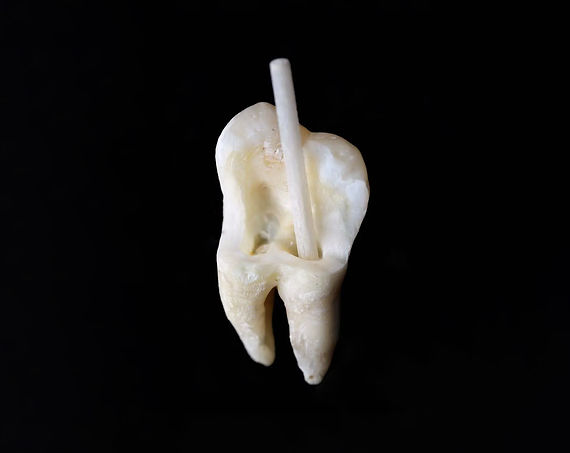Dental Posts
Dental posts play a crucial role in restorative dentistry by providing support and stability for dental restorations. When a tooth is severely damaged, weakened, or has undergone root canal treatment, a dental post may be recommended by dentists to reinforce the tooth structure before placing a crown or bridge.
The Purpose of Dental Posts:
Dental posts are used to provide structural reinforcement to a tooth that has lost a significant amount of natural tooth structure. They act as an anchor, helping to retain dental restorations such as crowns, bridges, or even dentures. By stabilizing and supporting the restoration, dental posts enhance the longevity and durability of the overall dental treatment.
Types of Dental Posts:
-
Prefabricated Metal Posts: Prefabricated metal posts, usually made of stainless steel or titanium, are the most common type of dental posts. They are available in various sizes and shapes to accommodate different tooth conditions. These posts are inserted into the root canal space after proper preparation, providing stability and retention for the restoration.
-
Custom Cast Metal Posts: In certain cases, custom cast metal posts may be recommended for teeth with complex root canal anatomy or unique restoration requirements. These posts are individually designed and fabricated by dental laboratories, ensuring a precise fit and optimal support for the restoration.
-
Fiber Posts: Fiber posts are a newer alternative to metal posts, made of glass or carbon fibers embedded in a resin matrix. They offer advantages such as increased flexibility, improved aesthetics, and reduced risk of root fracture compared to metal posts. Fiber posts can be an excellent option for front teeth or cases where esthetics and flexibility are of particular concern.
The Dental Post Procedure:
-
Evaluation and Treatment Planning: The first step in the dental post procedure involves a comprehensive dental examination. The dentist will evaluate the tooth's condition, assess the amount of remaining healthy tooth structure, and determine the need for a dental post based on the treatment plan.
-
Tooth Preparation: If a dental post is deemed necessary, the tooth will be prepared by removing any decay or damaged tissue. The root canal space is then carefully cleaned, shaped, and enlarged to accommodate the dental post.
-
Dental Post Placement: Once the root canal space is prepared, the dental post is inserted into the canal and securely bonded or cemented in place. The post extends above the gum line, providing a stable foundation for the restoration.
-
Restoration Placement: After the dental post is in place, a dental crown or bridge is fabricated and placed over the prepared tooth. The restoration is custom-designed to match the color, shape, and size of the surrounding teeth, providing both functionality and aesthetic appeal.
Benefits of Dental Posts:
-
Enhanced Stability: Dental posts create a stable foundation for dental restorations, ensuring that they remain securely in place. This stability allows for proper chewing and biting function without the risk of the restoration coming loose or dislodging.
-
Increased Retention: Dental posts help improve the retention of dental restorations, such as crowns or bridges. By providing additional support and reinforcement, posts prevent the restoration from shifting or falling out, extending its lifespan.
-
Reinforcement of Weakened Teeth: Teeth that have undergone significant damage, root canal treatment, or extensive decay can become weak and prone to fracture. Dental posts strengthen these weakened teeth, reducing the risk of further damage and preserving their structural integrity.
-
Restoration Versatility: Dental posts enable the placement of various restorations, including single crowns, bridges, and even dentures. They expand the treatment options available for patients with compromised teeth, allowing for optimal restorative outcomes.
Dental posts play a vital role in restorative dentistry by providing stability, reinforcement, and longevity to dental restorations. Whether using prefabricated metal posts or newer fiber posts, dentists utilize these anchors to strengthen and support compromised teeth, ensuring the success of restorative treatments. If you have a tooth in need of extensive restoration, consult with Doctor Aykut to determine if a dental post is recommended, and experience the benefits of a reinforced and long-lasting dental restoration.





